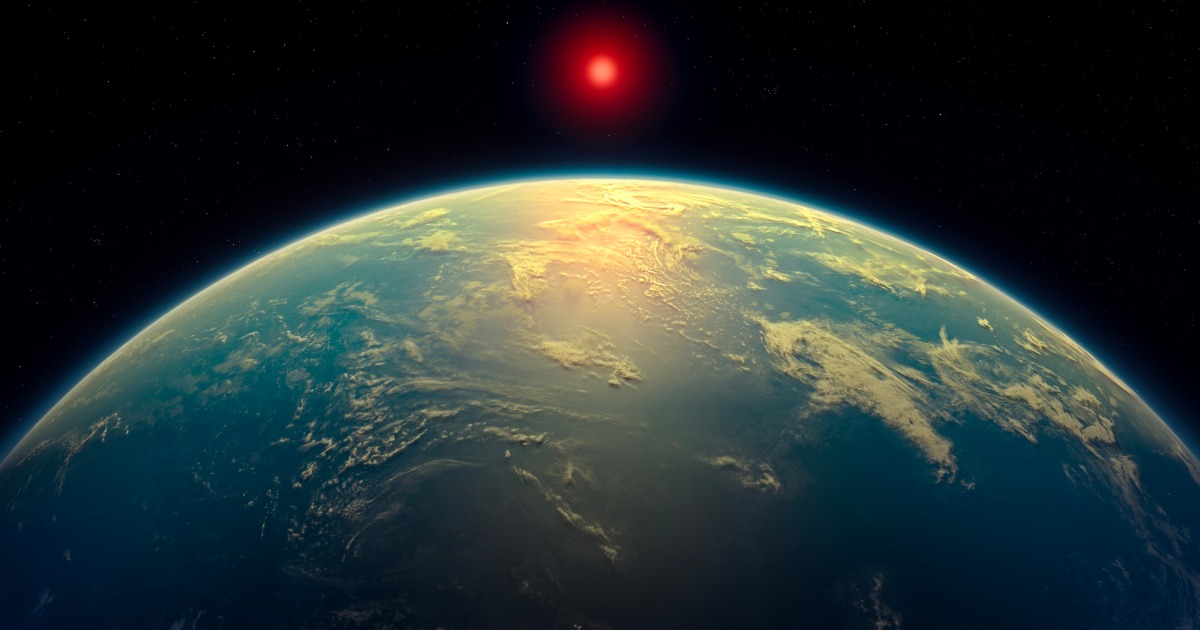
Nanoscale Metal Particles
Nanoscale metal particles refer to metal particles that have a size range of 1-100 nanometers. These particles exhibit unique physical and chemical properties that differ from their bulk counterparts, such as increased surface area and altered melting points. In the field of space and astronautical engineering, nanoscale metal particles are of interest for their potential use in propulsion systems, as well as for their ability to enhance the mechanical and thermal properties of materials used in spacecraft construction.
Your Previous Searches
Random Picks
- Electrostatic Discharge: Electrostatic discharge (ESD) is the sudden flow of electricity between two electrically charged objects caused by contact, an electrical short, or dielectric breakdown. In the context of space and astronautical engineering, ESD can cause d ... Read More >>
- State-space Representation: In the context of aerospace engineering, state-space representation is a mathematical model of a physical system as a set of input, output and state variables related by first-order differential equations. It is used to analyze systems that ... Read More >>
- Passive Damping: Passive damping is a technique used in space and astronautical engineering to reduce the vibrations and oscillations of a spacecraft or satellite without the need for external energy input. This is achieved by incorporating materials or dev ... Read More >>
Top News

This week on "Sunday Morning" (April 20)...
A look at the features for this week's broadcast of the Emmy-winning program, hosted by Jane Pauley....
News Source: CBS News on 2025-04-17

Scientists detect strongest hints yet of life on a distant planet...
Scientists have detected unique chemical patterns similar to those produced by the Earth's algae and seaweed — raising the possibility of the presence of a warm ocean, perhaps teeming with life, on ...
News Source: NBC News on 2025-04-17

Is there life on another planet? Scientists find the strongest evidence yet...
Near a planet far, far away astronomers have found traces of chemicals that on Earth are only produced by living beings....
News Source: Al Jazeera English on 2025-04-17

Scientists find strongest evidence yet of life on an alien planet | CNN...
In a potential landmark discovery, scientists using the James Webb Space Telescope have obtained what they call the strongest signs yet of possible life beyond our solar system, detecting in an alien ...
News Source: CNN on 2025-04-17
Katy Perry's trip to space wasn't inspirational. It was tone-deaf marketing....
Katy Perry indulged in a space tourism trip Monday, courtesy of Jeff Bezos' company. It's the latest in a long line of missteps for the singer....
News Source: Business Insider on 2025-04-14